Yates Account
Join now
Create a Yates account today!
Sign up to join the Yates Garden Club for monthly e-mails packed with seasonal inspiration, tips for success & exclusive promotions.
Plus if you’re a Garden Club member you can take part in the Yates Growing Community - a blog to share successes, get advice & win prizes in fun challenges along the way!

Forgot password
Enter the email address associated with your account, and we'll email you a new password.

How to grow Ornithogalum in a garden
- Choose a position in full sun to part shade with well drained soil.
- Enrich the soil with Yates Thrive Natural Blood & Bone with Seaweed.
- Place bulb directly where the plant is to grow, at a depth of about 10cm, spacing at least 15cm apart.
- Position in hole and backfill, gently firming down. Form a raised doughnut shaped ring around the plant, creating a well so that water will go where it’s needed most. Water in well.
- Once bulbs have sprouted, mulch with an organic mulch like woodchip or pea straw, keeping it away from the base of the plant.
- Water deeply, once or twice a week, depending on weather conditions.
- During the growing and flowering season feed with Yates Thrive Rose & Flower Granular Plant Food. TIP: for an added boost apply Yates Thrive Roses & Flowers Liquid Plant Food.

How to grow Ornithogalum in a pot
- Choose a pot at least 200mm wide with adequate drainage holes.
- Position in full sun or part shade.
- Fill pot with quality potting mix such as Yates Premium Potting Mix.
- Place bulb directly where the plant is to grow, at a depth of about 10cm, spacing at least 15cm apart.
- Position in hole and backfill with potting, gently firming down.
- Water in well.
- Water deeply, once or twice a week, depending on weather conditions. Ixia prefer a lightly moist potting mix - avoid overwatering.
- During the growing and flowering season, apply Yates Thrive Roses & Flowers Liquid Plant Food. Throughout the year apply Yates Thrive Fish Blood & Bone Plant Food Concentrate.
Growing tips
- These bulbs hate wet feet, but, also don’t like to dry out too much as well. Try to keep the soil lightly moist to give them the best chance at growth.
- Great for planting in clumps and mass displays.
- Take care when planting where young kids play or pets roam, as the plant is poisonous.
- There are three widely grown species. These include:
Chincherinchee (O. thyroides)
This species grows to approximately 30 cm tall and produces a mass of papery white flowers when in bloom. The uniqueness of this variety is that the flower colour can easily be changed by dipping the stems in dye or ink.
Arab’s Eye (O. arabicum)
This species gets its name from the eye that is formed by the papery white petals of the flower that surround a black centre. This is a great choice for strong scents in the garden.
Star of Bethlehem (O. umbellatum)
This differs from the other species in that the flowers have a waxy form with green stripes appearing on the underside of the petals.



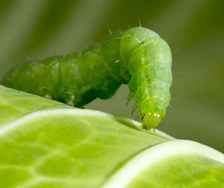
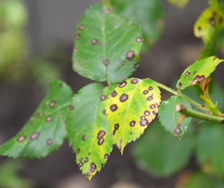
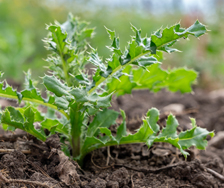
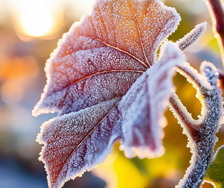
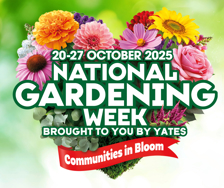









Share
Share this article on social media